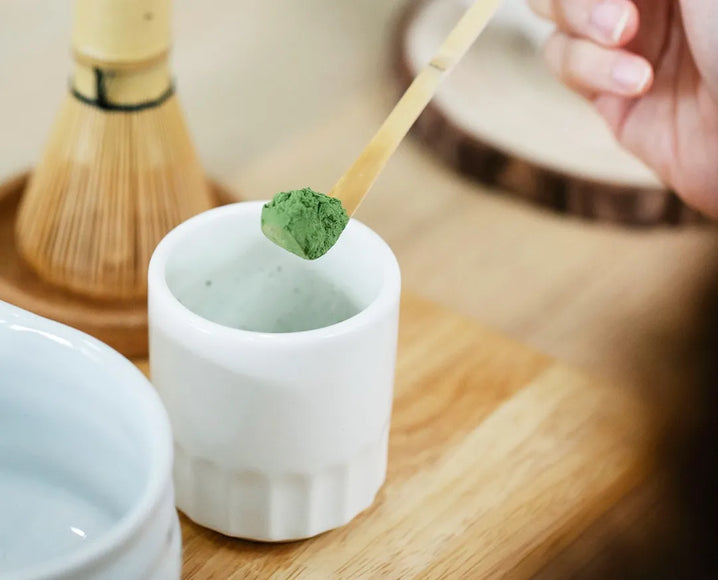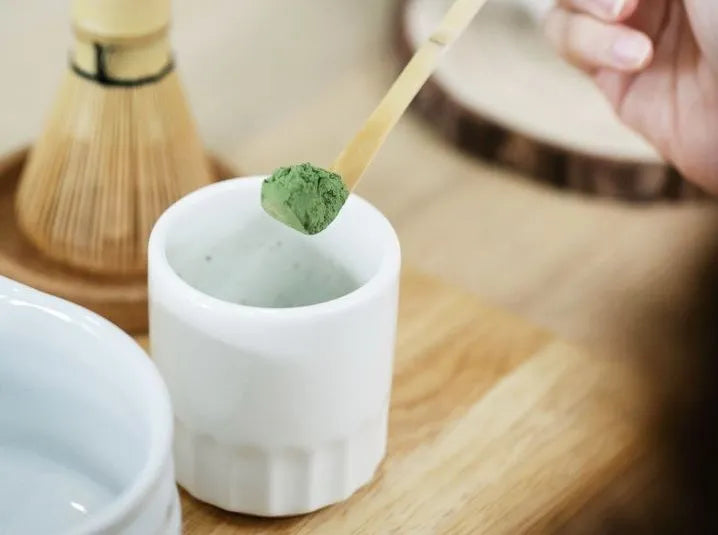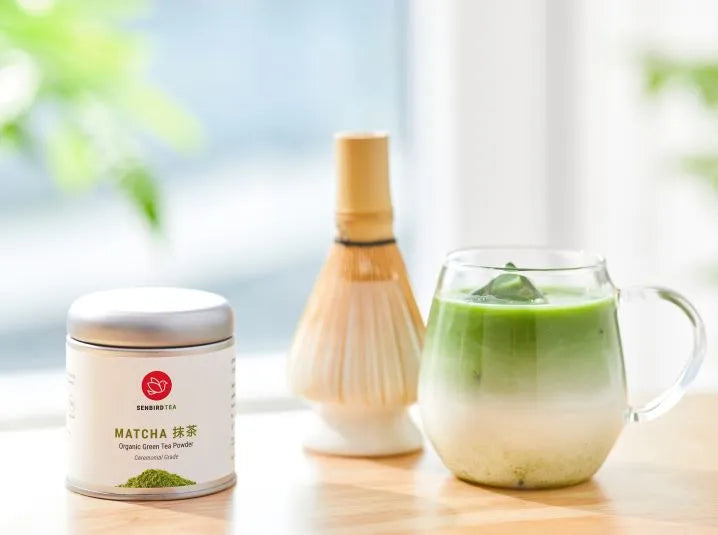
Understanding Ceremonial Matcha vs Culinary Matcha
A tea once reserved for traditional ceremonies in Japan, matcha is now enjoyed in all types of food and drink, from desserts to cocktails. The popularity of this unique green tea powder has rapidly risen over the past few years in the United States especially, and in the West, matcha powders often find themselves classified into two broad grades: ceremonial and culinary.

What is Culinary and Ceremonial Matcha?
The term "ceremonial grade" commonly defines higher-quality matcha, while the latter defines lower quality. This portrayal isn’t completely accurate, however.
In Japan, tea producers choose not to use these two matcha grades as classification standards, but rather a more complex evaluation system. They assess each blend based on its individual characteristics, such as taste, texture, color, cultivar, and feel. In fact, all matcha powders are considered to be of the same quality because each are recognized as having a unique profile intended for different preferences.
With this in mind, instead of considering ceremonial or culinary matcha as ‘high’ or ‘low’ quality, we can view each as specifically crafted for an intended use.

Differences Between Culinary and Ceremonial Matcha
At Senbird Tea, we describe matcha suitable for enjoyment with only water as ceremonial grade. This designation is because ceremonial matcha is generally made using first harvest leaves. As a result, these matcha powders will have a fine texture, subtle sweetness, and bright green color.
Culinary matcha, on the other hand, is usually crafted from later tea harvests. It contains the harsher parts of the leaves, such as the stem. This produces matcha that have a wide color range, more potential bitterness, and grittier texture that might not mix as well with just water.
In summary, here are some of the key differences between culinary and ceremonial matcha to keep in mind:

Recommended Use for Each Matcha Grade
Culinary Matcha
As its name suggests, culinary matcha powder is ideal in recipes, and particularly in baked goods. Other ingredients balance its more bitter and potent flavor without overpowering it. A favorite go-to treat of ours is a matcha banana bread – the matcha's earthy and grassy notes combine strikingly well with the comforting flavors of a traditional banana bread.

Ceremonial Matcha
Because of their finer texture and less bitter qualities, ceremonial matcha is ideal in tea ceremonies and everyday beverages such as matcha lattes or matcha lemonade. One interesting thing to note about ceremonial matcha is the complexity and nuance of each producer’s matcha flavor. Some matcha varieties are rich, some are mellow, and some are floral – yet all qualify as high quality. Your personal taste preference determines their usage and enjoyment.
Our popular Matcha Otome is one with a rich umami profile from Kyoto’s esteemed Uji prefecture. We tasted over 8 different types of matcha from our tea producer in order to find the perfect balance for our matcha selection. This ceremonial matcha is a team favorite for its delightful aroma, color, minimal bitterness, and smooth texture.

Every matcha flavor profile has its own special appeal. By understanding the distinct purposes of ceremonial and culinary grade matcha powders, we can appreciate the unique qualities found in each blend and choose the right matcha for our preferences. There are so many ways to enjoy matcha green tea!
🍵 Drinking our tea? Snap a pic and tag us on Instagram at @senbirdtea or #senbirdtea. We’d love to see your moment with tea!
If you want to read more articles on matcha, explore them here:
- A Modern Guide to A Matcha Tea Ceremony at Home
- Matcha vs Coffee: Is Matcha Better than Coffee?
- 4 Health Benefits of Matcha Green Tea Powder
- The Caffeine Content in Matcha Green Tea versus Coffee
- How to Prepare Matcha: Usucha vs. Koicha
- 5 Unique Matcha Drink Recipes
- How to Make Matcha Lemonade
- How to Make Matcha Banana Bread
- Matcha Bubble Milk Tea Recipe
- Vanilla Matcha Hot Chocolate Recipe
Share your moment with us and stay connected on:














